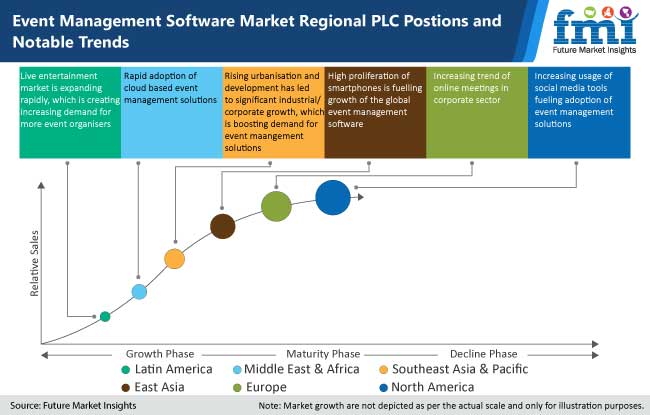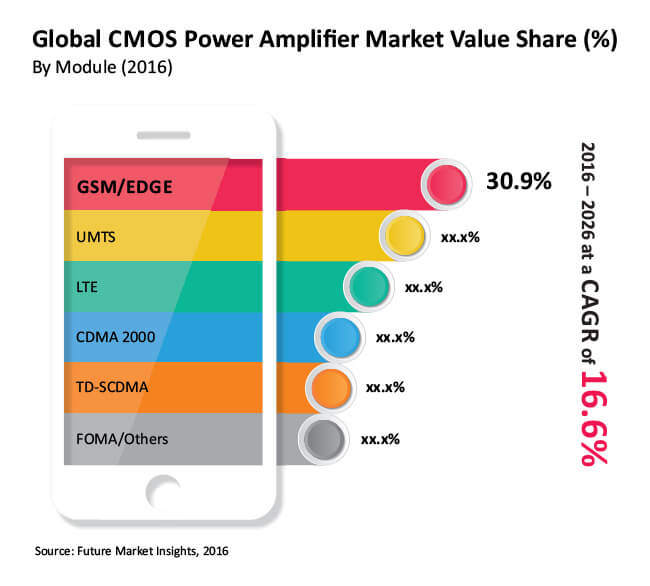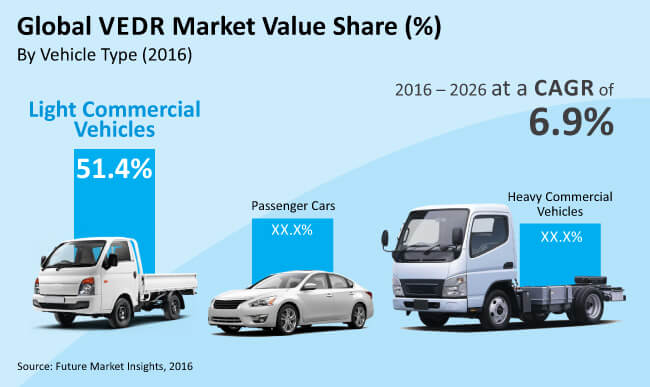According to Future Market Insights (FMI), sales in the automotive wires are projected to rise at a 5.9% CAGR over the assessment period, reaching a valuation of US$ 9.8 Bn in 2021. Increasing sales of electric vehicles, along with growing adoption of digital modules in commercial vehicles are expected to propel sales of automotive wires at 5.1% CAGR in terms of volume.
To curb greenhouse emissions, governments in various countries have imposed stringent regulations. In response to this, consumers are preferring fuel-efficient and lightweight vehicles. This has resulted in high demand for aluminum-based automotive wires.
Aluminum automotive wires have low surface gravity and are cost-effective. Owing to these benefits, sales of aluminum and aluminum alloy-based automotive wires are projected to remain high in the forthcoming years.
Request a Sample of this Report @ https://www.futuremarketinsights.com/reports/sample/rep-gb-5334
Besides this, growing popularity of autonomous and electric vehicles is expected to provide impetus to growth of the automotive wires market. These vehicles comprise complex interconnected systems, comprising sensors, digital displays, cameras, and internet connectivity, which require efficient automotive wires.
Improvements in connective technology used in autonomous vehicles will continue fueling sales of automotive wires. In addition to this, efforts to reduce weight on the engine body will also boost sales of aluminum automotive wires, further augmenting growth of the market.
“Rising adoption of advanced driver assistance systems (ADAS) in passenger and commercial vehicles is expected to propel sales of automotive wires. Along with this, product developments supporting application of new materials such as alloys for automotive wires manufacturing will complement growth of the market over the forecast period,” says an FMI analyst.
We Offer tailor-made Solutions to fit Your Requirements, Request Customization@ https://www.futuremarketinsights.com/customization-available/rep-gb-5334
Key Takeaways:
- Based on material type, demand for copper automotive wires is expected to surge at a steady pace through 2031.
- In terms of vehicle type, sales of automotive wires in the electric vehicles segment are projected to remain high.
- Applications of automotive wires in the chassis and safety segment are expected to gain momentum over the assessment period.
- The U.S. is expected to dominate the North America automotive wires market, with sales growing at a 4.0% CAGR across the region.
- Germany will emerge as a lucrative pocket. Demand for automotive wires in Europe is projected to soar at a 5.0% CAGR through 2031.
- China will account for a dominant share of the East Asia automotive wires market, due to easy availability of raw materials.
- South Korea and Japan will collectively account for 5.2% of the total automotive wires market share in 2021.
Key Segments Covered in Automotive Wires Market Report
On the basis of material type, the Automotive Wires market can be segmented into:
- Copper
- Oxygenic Copper
- Pure Copper (Oxygen Free)
- Copper Silver (CuAg)
- Copper Magnesium (CuMg)
- Copper Tin (CuSn)
- Aluminum
- Others (Nickel, etc.)
On the Basis of vehicle type, the Automotive Wires market can be segmented into:
- Conventional Fuel Vehicles
- Passenger Vehicle
- Commercial Vehicle
- Electric Vehicles
- Hybrid Vehicles
On the Basis of application, the Automotive Wires market can be segmented into:
- Chassis and Safety
- Conventional Chassis
- Semi-forward Chassis
- Full-forward Chassis
- Body
- Facia
- Roof
- Door & Window
- Seat
- Interior
- Heating Ventilation & Air-Conditioning (HVAC)
- Engine
- Sensors
On the Basis of Region, the Automotive Wires market can be segmented into:
- North America
- Latin America
- Western Europe
- Eastern Europe
- Asia Pacific Excluding Japan (APEJ)
- Japan
- Middle East & Africa (MEA)
Direct Purchase of this Report@ https://www.futuremarketinsights.com/checkout/5334
Competitive Landscape
LEONI AG, Sumitomo Electric Industries, Ltd., Fujikura Ltd., Delphi Automotive Plc., PKC Group, Furukawa Electric Co., Ltd, Yazaki Corporation, General Cable, Lear Corporation, Draka (Subsidiary of Prysmian Group, Samvardhana Motherson Group, Allied Wire & Cable, Inc., Coroplast Fritz Müller GmbH & Co. KG., Kromberg & Schubert, Acome, Yura Corporation, and Kyungshin Corporation are among the leading manufacturers of automotive wires.
As per FMI’s analysis, top 5 automotive wires players comprising Yazaki Corporation, Sumitomo Electric, Aptiv plc, Leoni, and Lear Corp. are projected to account for 75% of the total automotive wires market share.
About Future Market Insights (FMI)
Future Market Insights (FMI) is a leading provider of market intelligence and consulting services, serving clients in over 150 countries. FMI is headquartered in Dubai, and has delivery centers in the UK, U.S. and India. FMI’s latest market research reports and industry analysis help businesses navigate challenges and make critical decisions with confidence and clarity amidst breakneck competition. Our customized and syndicated market research reports deliver actionable insights that drive sustainable growth. A team of expert-led analysts at FMI continuously tracks emerging trends and events in a broad range of industries to ensure that our clients prepare for the evolving needs of their consumers.
Contact:
Future Market Insights,
1602-6 Jumeirah Bay X2 Tower,
Plot No: JLT-PH2-X2A,
Jumeirah Lakes Towers, Dubai,
United Arab Emirates
For Sales Enquiries: sales@futuremarketinsights.com
For Media Enquiries: press@futuremarketinsights.com
Website: https://www.futuremarketinsights.com/


